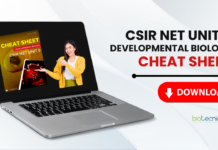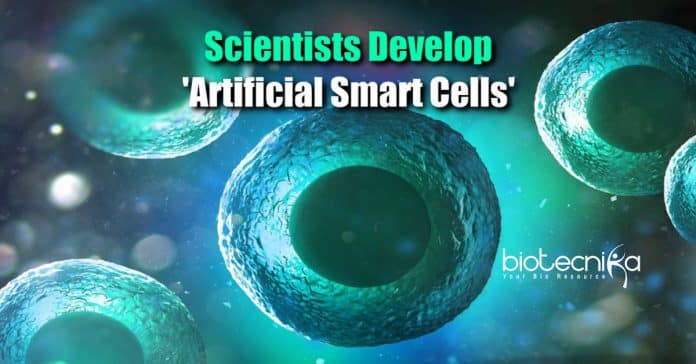‘Artificial Smart Cells’ Developed to treat illness at the cellular level
A new type of artificial cell that can communicate with other cells within the body—with potential applications in the field of smart pharmaceuticals has been described by an international team of chemists in a new research study.
Sheref Mansy, Professor, University of Alberta’s Faculty of Science, who carried out the research in collaboration with researchers at the University of Trento, Italy said that in the future, artificial cells like this one could be engineered to synthesize and deliver specific therapeutic molecules designed to distinct physiological conditions or illnesses – all while being inside the body.
The artificial smart cells detect the changes in their environment within the body, and in response, the artificial cell creates and releases a protein signal that affects the behavior of other cells.
Mansy stated that the changing requirements of the host would be quickly met in a way that does not overwhelm the whole body with drugs.
The first artificial cells that can chemically communicate with and influence the behavior of natural living cells – first with bacteria, and now with cells found in multicellular organisms- are developed in Mansy’s laboratory.
Mansy stated that this work started
to connect the gap between more theoretical ‘what is cellular life’ type of work and applicative, useful technologies.The results of the study titled Artificial Cells Drive Neural Differentiation is published in the journal Science Advances.
The smart cells are not alive but are taken from pieces of living things to create some functions of a living cell, and they can not reproduce and after their usage, it decomposes shortly. The smart cells were developed from DNA and fat molecules.
Mansy stated that one of the main advantages of artificial cells is being able to design them from the ground up for a specific utility, making them more predictable than using live bacteria for the same goal.
Author: Sruthi S



























